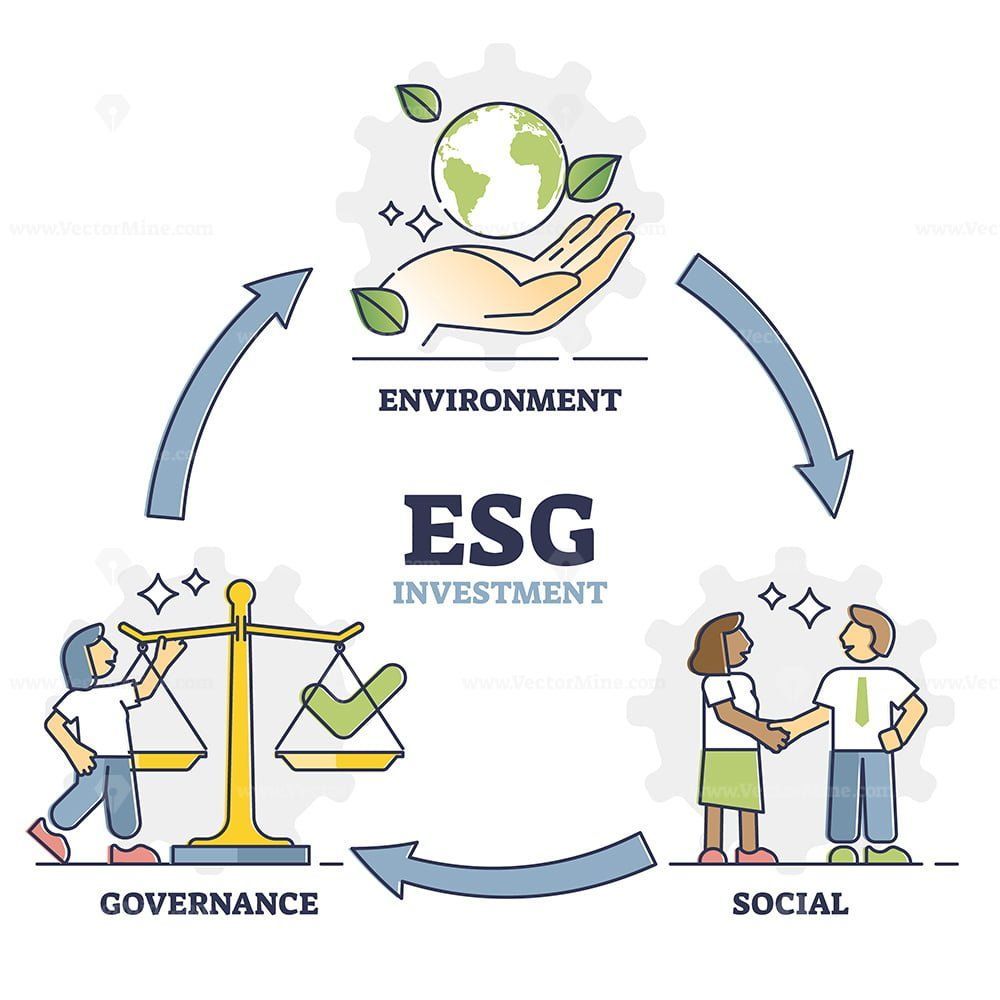Infrastructure offers exceptional chances for investors to support economic expansion while pursuing steady returns. Understanding the advantages and disadvantages of infrastructure investments is crucial, though. We will go into the area of infrastructure investing in this blog article, examining the potential benefits and addressing the difficulties. We seek to offer insightful information from an investing standpoint to assist you in navigating the infrastructure investment landscape and reaching defensible conclusions.
#1. Investments in infrastructure are Important:
Infrastructure, which includes areas like transportation, electricity, telecommunications, water, and social infrastructure, is the foundation of a nation’s economic growth. By generating jobs and enhancing public services, infrastructure investment may provide steady financial flows, long-term growth potential, and economic growth.
#2. Recognizing the Types of Infrastructure Assets:
Various infrastructure asset classes, such as publicly traded equities, bonds, real estate, and private equity, are eligible for infrastructure investments. Different risk and return profiles are available for each asset class. To choose the best investing strategy based on your risk appetite and financial goals, research and comprehend the characteristics of each asset type.
#3. PPPs: Public-private partnerships
Public-private partnerships entail cooperation between public and private stakeholders in the planning and management of infrastructure projects. PPPs give investors the chance to take part in major projects with long-term contracts and steady cash flows. When weighing PPP investments, evaluate the regulatory environment, political stability, and project-specific risks.

#4. Policy and Regulatory Considerations:
Government rules and directives apply to infrastructure investments. Keep abreast of any modifications to laws, tax breaks, government programs, regulatory considerations, and policies affecting the construction of infrastructure. Recognize how regulatory frameworks affect project viability, income sources, and prospective investment returns.
#5. Risk assessment and project due diligence:
Prior to investing in infrastructure projects, careful due diligence is essential. Analyze the project’s financial viability, technical viability, and legal concerns. Consider risks including demand unpredictability, cost overruns, construction delays, and potential social or environmental effects. To comprehend and reduce potential hazards, do thorough risk assessments.

#6. Models for Long-Term Revenue:
The funding of infrastructure projects frequently comes from long-term revenue sources like user fees, tolls, or availability payments. Consider aspects including demand predictions, contractual agreements, and economic situations when evaluating the stability and predictability of revenue streams. Analyze how potential external influences may affect the generation of revenue and the capacity to pay debts.

#7. Trends in global infrastructure
Keep up with current trends in global infrastructure to spot new investment opportunities. Think about elements like urbanization, population expansion, technological development, and sustainability programs. Digital infrastructure, smart cities, and other infrastructure segments that are growing and innovating may offer lucrative investment opportunities.
#8. ESG Factors to Consider When Investing in Infrastructure:
Infrastructure investments are becoming more and more important with the integration of environmental, social, and governance (ESG) aspects. Analyze the governance norms, community involvement, environmental effect, and sustainability practices of infrastructure projects. The development of long-term value and the reduction of potential hazards can both be enhanced by investing in projects that adhere to ESG standards.

#9. Portfolio Allocation and Diversification:
Risk management in infrastructure investing requires diversification. For risk management, think about diversifying across several infrastructure sectors, regions, and asset classes. A well-balanced portfolio that is in line with your risk appetite and investing objectives should be created by analyzing the risk-return characteristics of each investment.
#10. Ask for Expert Advice:
Investment in infrastructure necessitates specialized knowledge and experience. Consult with experts, such as financial consultants, fund managers, or experts in infrastructure investments. They can offer information, research, and advice specific to your investment goals. Making informed judgments from investment specialists can help you negotiate the difficulties of infrastructure projects.
Infrastructure investment presents chances for reliable profits and economic growth impacts. Investors can overcome obstacles and seize opportunities in infrastructure investing by comprehending the importance of infrastructure investments, taking into account various asset classes, performing careful due diligence, and taking regulatory issues into account. To make smart investing choices in this fascinating and influential asset class, keep up with global infrastructure trends, incorporate ESG considerations, diversify your portfolio, and seek professional assistance.
Happy Investment…..!
©balajimuthal.com
Read more: Investing in Infrastructure: Exploring Opportunities and Overcoming Challengeshttp://balajimuthal.com/2023/07/05/the-importance-of-asset-allocation-in-your-investment-portfolio-a-comprehensive-guide/
http://balajimuthal.com/2023/06/28/global-horizons-investing-in-international-markets-opportunities-and-challenges/
-

“Diversity Journeys: Immersive Cultural Travel and Exploration”
Cultural travel is a transforming experience that enables us to explore the rich tapestry of human existence and encounter the various lifestyles found around the world. It is an immersive experience that allows us to engage with local people, understand their customs, and acquire insights into their values and beliefs. It goes beyond simply touring… Read more
-

“Adventure Wanderlust: Uncovering the Top Outdoor Adventure Hotspots”
There are innumerable locations worldwide that provide exhilarating experiences and gorgeous vistas for travelers seeking outdoor adventure. These locations have plenty to offer for every outdoor enthusiast, whether you’re looking for heart-pounding adventure or quiet natural beauty. #1. Canada’s Banff National Park: Banff National Park, located in the center of the Canadian Rockies, is a… Read more
-
Hello World!
Welcome to WordPress! This is your first post. Edit or delete it to take the first step in your blogging journey. Read more

